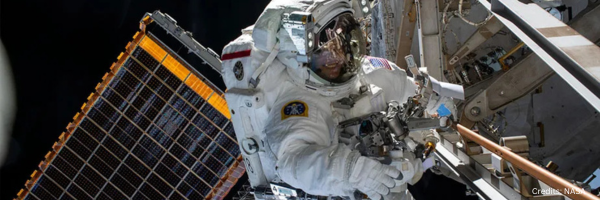What Happens to the Human Body in Space?
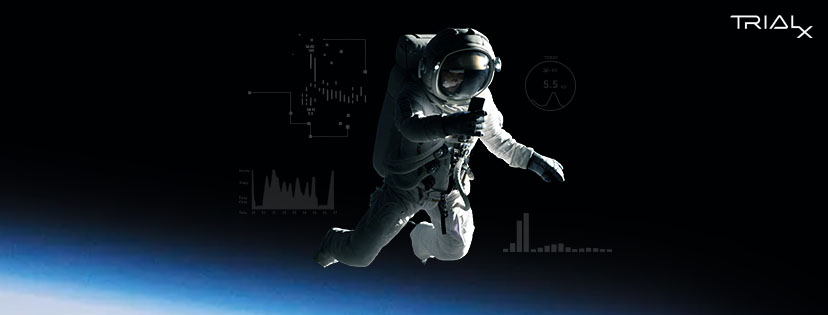
For centuries, we’ve gazed at the stars, dreaming of space travel. Today, that dream is a reality, with astronauts spending months aboard the International Space Station, living and working in a world without gravity. The recent return of NASA astronauts Sunita Williams and Barry Wilmore after 9 months in space has once again sparked curiosity about what really happens to the human body in space. Leaving Earth’s atmosphere may be awe-inspiring, but it comes at a cost—space alters the human body in ways we’re still striving to fully understand. From muscle loss to fluid shifts, microgravity impacts nearly every system in the body. In this blog, we’ll explore the fascinating ways space reshapes human physiology.
1. Space Adaptation Syndrome (Space Sickness)
The first challenge astronauts face in space is Space Adaptation Syndrome (SAS), commonly known as space sickness. On Earth, the vestibular system, located in the inner ear, is responsible for our sense of balance, spatial orientation, and motion perception. It helps us determine which way is up or down, how fast we’re moving, and whether we’re standing still or turning. This system works closely with the eyes and other sensory organs to help us navigate our environment. In space, where gravity is weak, the brain receives mixed signals from the vestibular system and the eyes, causing confusion.
This mismatch leads to symptoms such as:
- Nausea
- Dizziness
- Headaches
- Vomiting
Approximately 60% to 80% of all astronauts experience SAS during their first three days in orbit. Some recover quickly, while others struggle for several days. During the Apollo 8 mission, astronaut Frank Borman suffered severe space sickness, making it difficult to perform tasks inside the spacecraft.

While most cases resolve after a few days as the body adapts, space sickness remains a significant concern, especially for future deep-space missions where astronauts will need to perform complex tasks immediately upon arrival.
2. Puffy Head and Bird Legs
One of the most immediate and noticeable effects of space travel is fluid redistribution, a phenomenon commonly known among astronauts as “puffy head, bird legs” syndrome. Under normal gravity, our cardiovascular system regulates fluid balance to ensure enough blood and oxygen reach the brain while maintaining circulation in the lower body. On Earth, gravity pulls fluids downward, so the body compensates by keeping more fluid in the legs and lower torso.
In space, without gravity pulling fluids down, those same bodily fluids redistribute evenly throughout the body. This leads to:
- Facial puffiness – Astronauts appear swollen, as excess fluid accumulates in their heads.
- Stuffy sinuses – The fluid shift makes astronauts feel as if they have a perpetual head cold.
- Reduced thirst – The body senses more fluid in circulation and suppresses the sensation of thirst.
- Increased urination – The body attempts to correct the imbalance by eliminating the “excess” fluid through the kidneys.
- Thinner legs (“bird legs”) – With less fluid pooling in the lower body, astronauts’ legs appear noticeably skinnier.
Astronaut Randy Bresnik described the experience vividly:
“All the fluid that’s in our body can now go wherever it needs to, and it’s the same pressure. When you get to space, that extra gallon and a half of water that’s there to counteract gravity floats up and makes your head really, really puffy. Really uncomfortable.” – Source
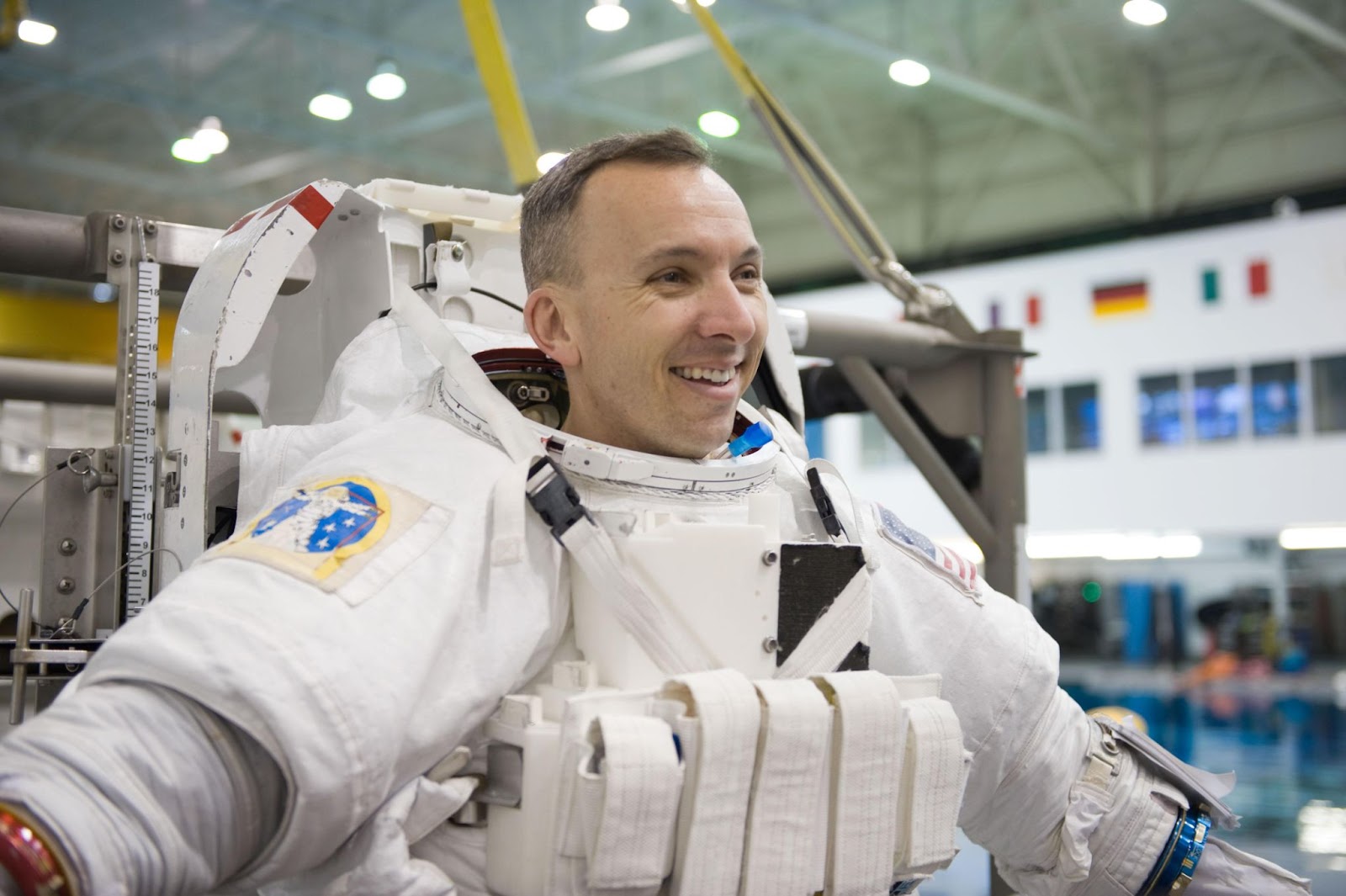
Bresnik compared the sensation to hanging upside down for a long period of time. While it only takes a day or two for astronauts to adjust, the effects can feel intense during those first 24-48 hours.
3. Spaceflight-Associated Neuro-ocular Syndrome (SANS)
Astronauts returning from long missions often report vision changes, a condition now known as Spaceflight-Associated Neuro-ocular Syndrome (SANS). Fluid shifts in microgravity increase pressure inside the skull, affecting the shape of the eye and the optic nerve. Studies show that 70% of astronauts experience some degree of swelling in the back of the eye during spaceflight. Symptoms include:
- Swelling of the optic nerve (papilledema)
- Flattening of the eye globe
- Farsightedness (hyperopic shift)
- Retinal changes
SANS remains a significant challenge for space medicine, especially for missions to Mars or deep space. Researchers are exploring countermeasures such as lower-body negative pressure devices to help redistribute fluids and alleviate pressure on the eyes.
4. Muscle and Bone Loss
Microgravity takes a significant toll on the human body, weakening both muscles and bones due to the lack of weight-bearing activity. Without the constant pull of gravity, the body no longer needs to support itself, leading to rapid atrophy and bone density loss—serious risks for long-duration missions.
Muscle Atrophy
- Astronauts can lose up to 20% of their muscle mass in just 5 to 11 days.
- The legs, lower back, and core muscles—essential for posture and movement—are the most affected.
- If muscle loss isn’t managed, astronauts may struggle to walk or lift objects when they return to Earth or land on another planet.
Bone Density Loss
- Weight-bearing bones, like the hips and spine, lose 1-1.5% of bone mass per month in space.
- This loss occurs 10 times faster than osteoporosis on Earth, significantly increasing the risk of fractures.
- The release of calcium from weakened bones can lead to kidney stones, further complicating long-term space travel.
Counteracting the Effects: Exercise in Space
To slow down these effects, astronauts aboard the International Space Station (ISS) follow a strict two-hour daily exercise routine, using:
- Treadmills (with harnesses to keep them from floating away)
- Cycling machines for cardiovascular endurance
- Resistance training equipment such as the Advanced Resistive Exercise Device (aRED), which simulates weightlifting on Earth
Despite these efforts, regaining full strength and bone density can take months—or even years—after returning to Earth. Astronauts Sunita Williams and Barry Wilmore, who spent extended periods in space, will require intensive rehabilitation programs designed by NASA to help them rebuild their strength and mobility after returning to Earth.
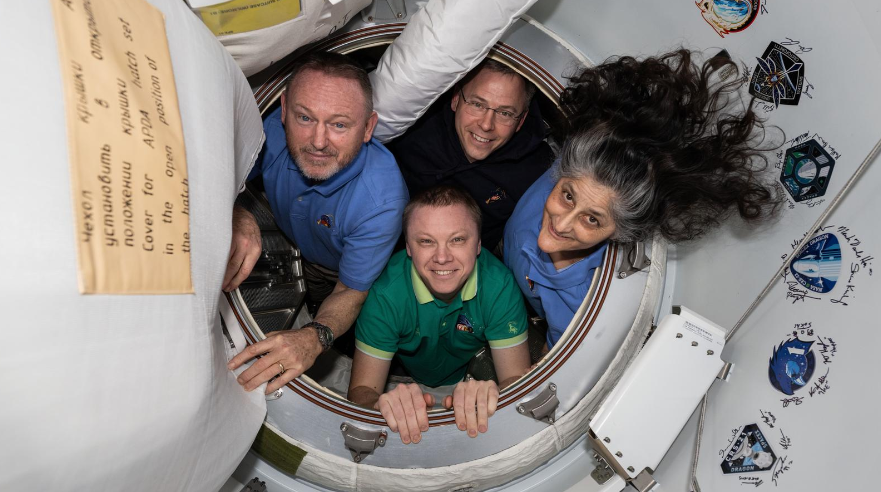
This mission was initially planned as an 8-day assignment, but turned into a 322-day stay in space, significantly increasing the impact on her muscles and bones. The prolonged exposure requires extensive recovery efforts once she returns to Earth.
5. Radiation Exposure
On Earth, we are protected from harmful space radiation by our atmosphere and magnetic field. In space, however, astronauts are exposed to three types of radiation:
- Earth’s trapped radiation belts (Van Allen belts)
- Solar energetic particles (SEP) from the Sun
- Galactic cosmic rays (GCRs) from deep space
Radiation exposure can:
- Increase the risk of cancer
- Damage to the nervous system
- Cause cardiovascular diseases
For ISS missions, radiation exposure is manageable. However, for future Mars missions, where astronauts will be exposed for years, radiation poses a major health risk.
6. Psychological Challenges
Spending months or even years in space can take a toll on an astronaut’s mental well-being. Isolation from loved ones, confinement in a small spacecraft, and the monotony of daily routines can lead to stress and emotional fatigue. Sleep disruptions are another major challenge, as astronauts aboard the International Space Station (ISS) experience 16 sunrises and sunsets each day, making it difficult for their bodies to maintain a natural rhythm.
To help astronauts cope, space agencies provide extensive psychological support. Video calls with family and friends offer a crucial sense of connection, and some astronauts find creative ways to stay close to their loved ones. CSA astronaut David Saint-Jacques, for example, read bedtime stories to his children from space and even took virtual jogs with his wife around their Montreal neighborhood. Recreational activities such as watching movies, listening to music, and playing games provide much-needed relaxation, while journaling has been found to boost morale.
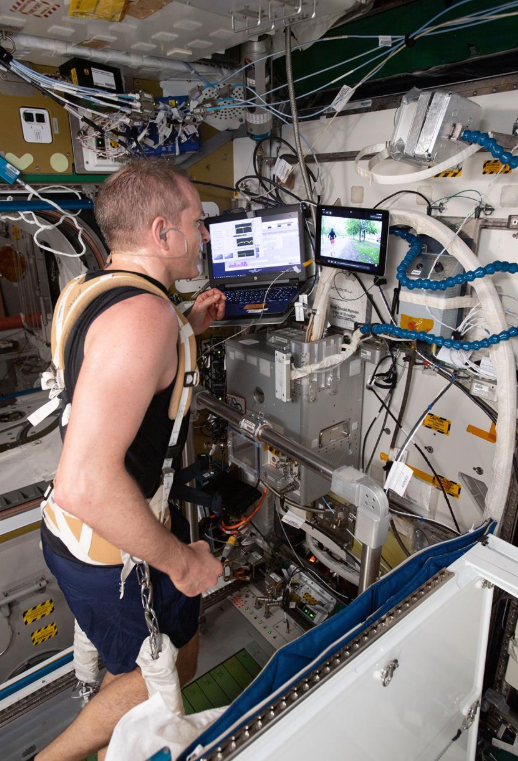
Understanding these psychological effects is crucial, especially for long-duration space missions. We had the privilege to talk to Dr. Mathias Basner from the University of Pennsylvania, who studies astronaut behavioral health. Our discussion explored how spaceflight impacts cognition, mental well-being, and performance, and what countermeasures can help astronauts stay sharp and emotionally resilient. Answering a panelist’s question about how sleep is affected in space, Dr. Basner shares this interesting thought,
“I think one thing that would be great, especially talking about that trip to Mars, is if humans could hibernate like Bears, right? And that’s science fiction. We know that all from the science fiction movies, like they hop into that thing, and the water comes up, and then they just go to sleep, and like a year later they are woken up again. I don’t want to say we will never get there, but it will take much more time for us to get there. TRISH is funding the first two studies looking into that in humans, and actually one idea is actually to cool humans down when they’re sleeping. So, they basically lower the metabolism so that they are using less oxygen and they have to consume less food…”
In addition to these support systems, astronauts undergo psychological training before their missions, preparing them to handle long periods of isolation and stress. Through collaboration with NASA, Translational Research Institute for Space Health (TRISH) continues to research ways to enhance mental well-being, particularly for future deep-space missions where astronauts will be even farther from Earth for extended durations.
What’s Next for Humans in Space?
As we prepare for longer missions beyond Earth, upcoming ventures like NASA’s Artemis program and SpaceX’s Starship are pushing the boundaries of human spaceflight. Private missions such as Axiom 1, 2, and 3, Inspiration4, and Polaris Dawn, including the recent Fram2 mission, are paving the way for commercial space travel, making extended stays in microgravity more common. These missions will provide new insights into how the human body adapts to space over months or even years.
Understanding these effects is more important than ever, and our remote research data collection platform is playing a key role in advancing space health research. By enabling real-time remote data collection and health monitoring, we are helping astronauts, researchers, and space agencies prepare for the next era of human space exploration.
To know more about our remote research data collection platform, request a demo here.

